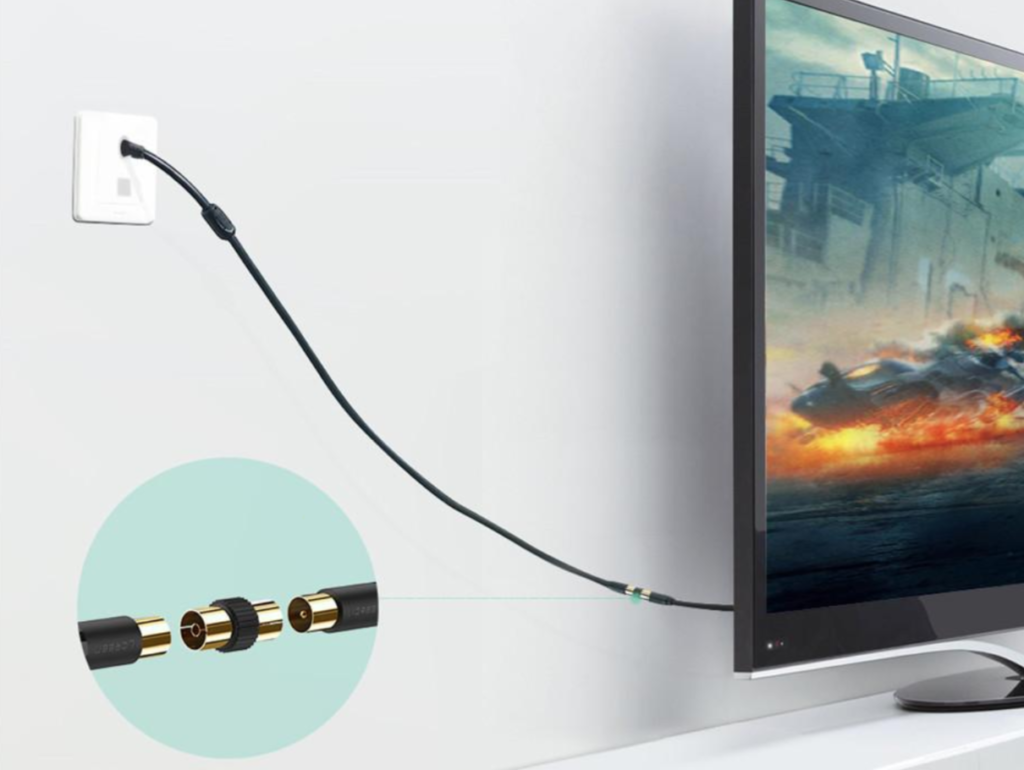When transitioning to digital TV you’ll be presented with three options, namely aerial, cable or satellite.
Which digital TV solution is best for you? Regardless of choice, you get to enjoy a clearer picture, more channels and even interactive content.
Aerial TV
Traditional news and local channels are still alive and thriving more than ever, thanks to aerial TV technology. With a TV aerial installation you get access to Freeview and 60+ channels. All you’ll need is a tuner or set top box that you connect to the TV and aerial.
One of the biggest advantages in aerials is that once they’re in place you won’t have to pay a single cent again. The programming is free and some of them are even in HD. What’s more, you can get sports, news and top-rated shows, some of which are unavailable anywhere else.
Cable TV
Cable technology makes use of fiber optic cables that connect to your TV. You will need to call the service provider in your area and choose the package you want to get. Keep in mind that you will need to pay a monthly fee to continue enjoying cable programming.
Fiber optic network makes viewing more reliable and stable, which in turn equals a more consistent picture quality no matter the time of day. There’s also the on-demand option, where you can watch available series and movies anytime you want.
The downside is that you’ll need to sign a contract that locks you to the service.
Satellite TV
Satellite TV involves the use of a ‘dish’ or a kind of antenna that receives programming from a satellite.
The service is more expensive compared to cable and aerial TV, but in return you get more channels and programming. Also, picture quality depends on the weather- if it’s cloudy or raining, you get a noticeably lower feed compared to bright and clear skies.

